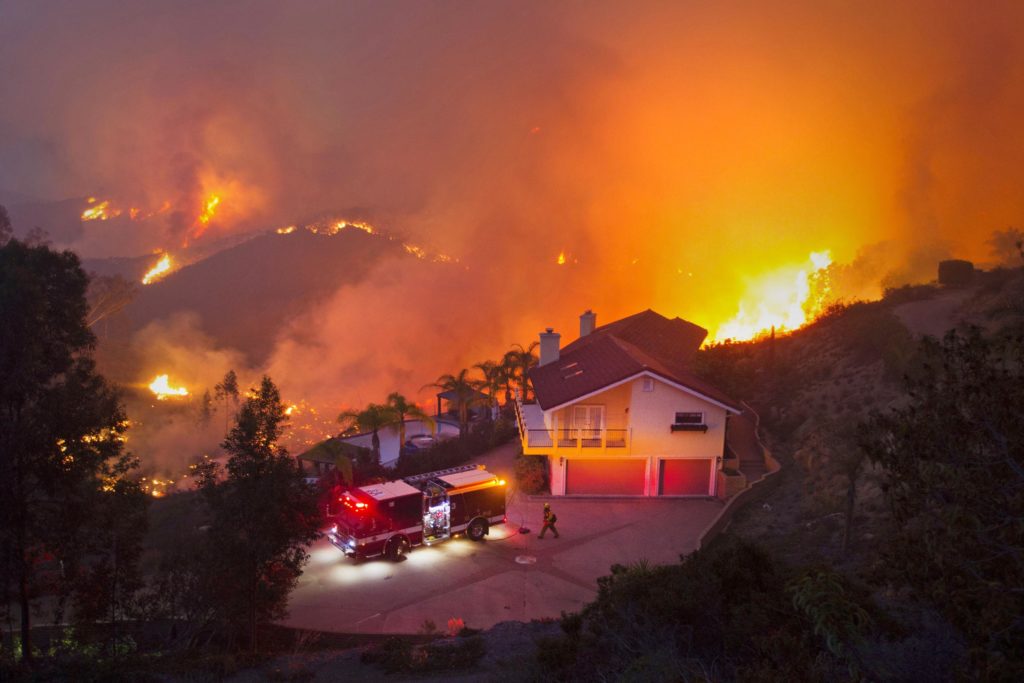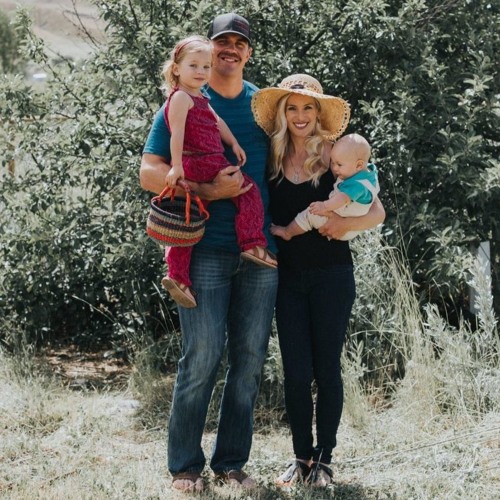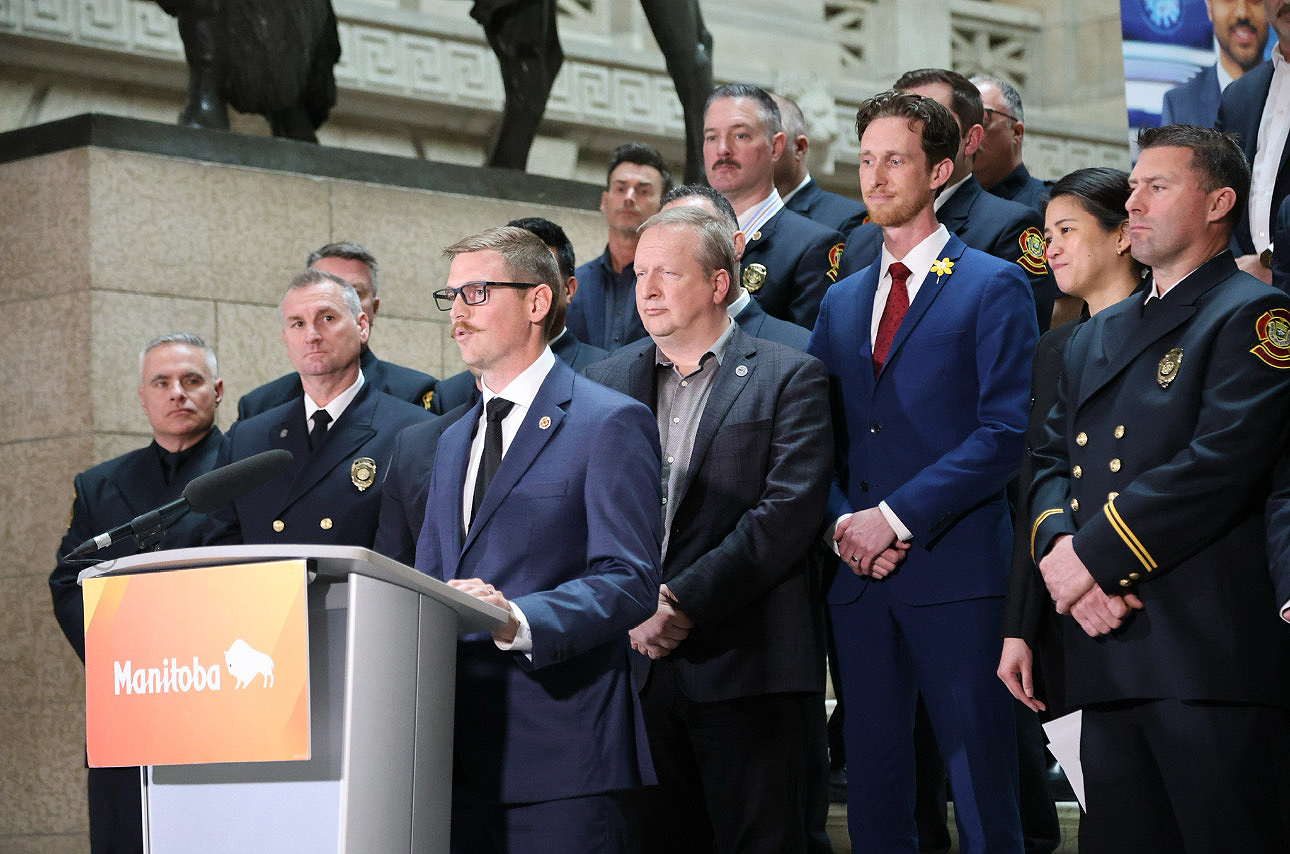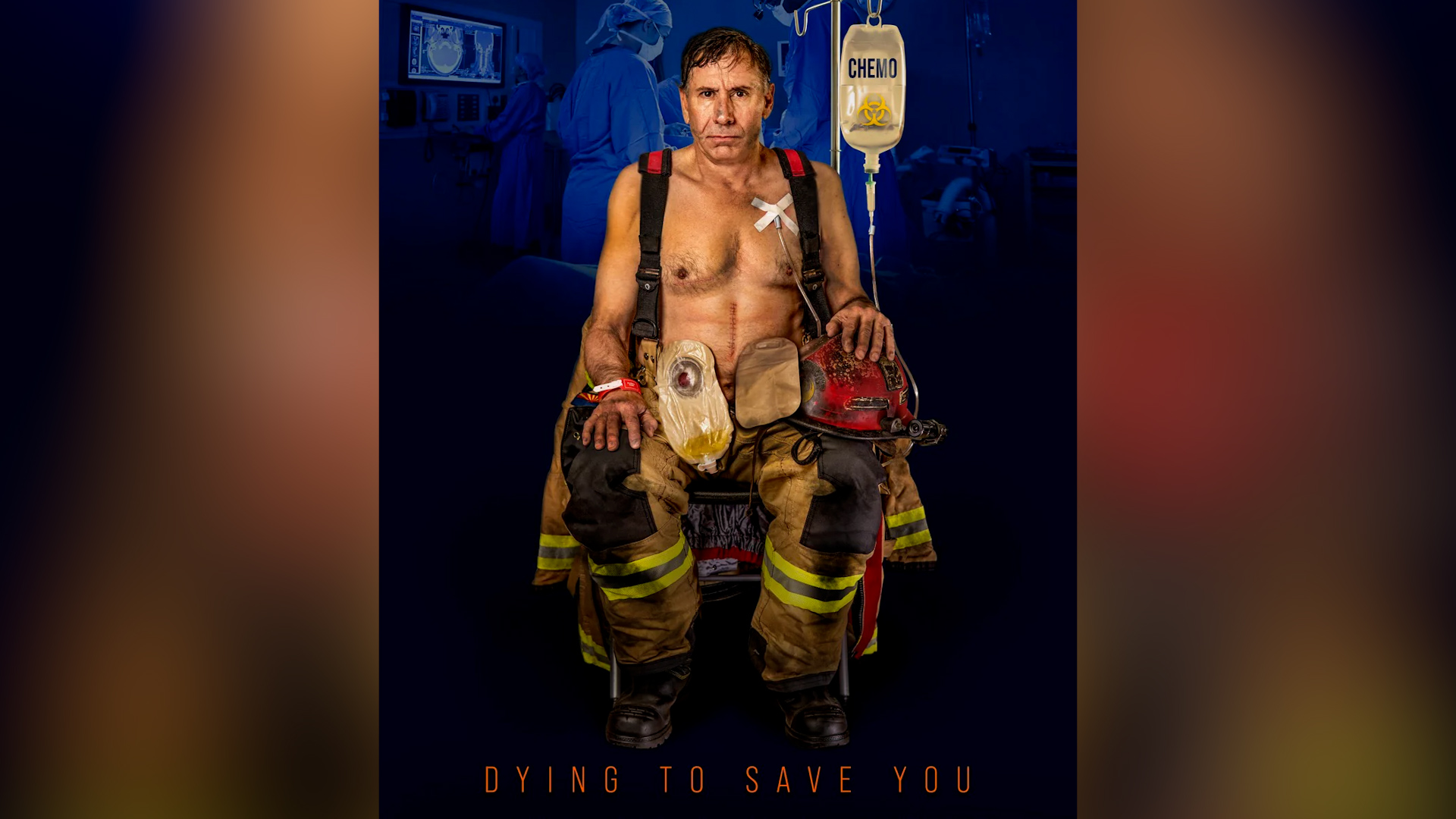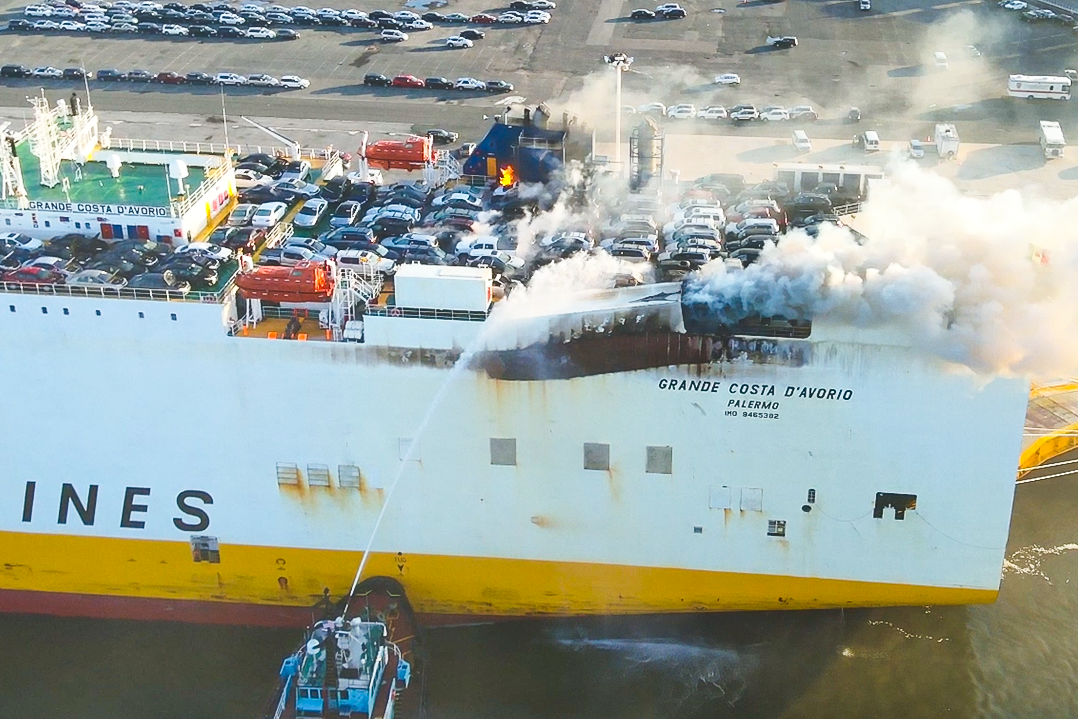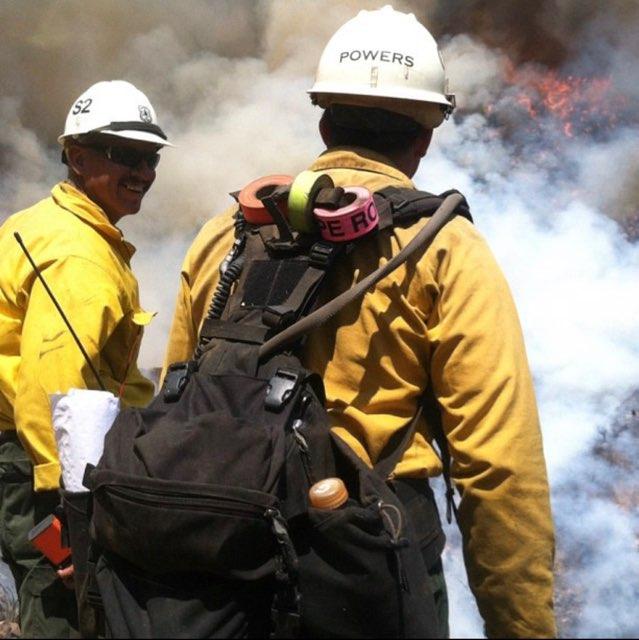
“When we’re out on the fireline, it’s not a safe environment. It’s not a safe job. It’s dangerous,” said Anthony Powers, a former wildland fire fighter – or hotshot – and current Burbank, CA Local 778 member. “If anything, the job has gotten increasingly treacherous.”
Wildland fire fighters are on the line year-round thanks to rising temperatures associated with climate change and prolonged drought-like conditions.
In 90-to-115-degree heat, wearing 40-60 pounds of gear, they hike the fireline and work quickly to contain and extinguish fires, which can change direction, pick up speed, and grow with fluctuations in the weather. Shifts during the initial attack on the fire can last three days before they switch to a more manageable 24-hour shift.
“Growing up, all I ever wanted to be was a wildland fire fighter. And there’s nothing better than the comradery that comes with being with a crew on a wildfire for three weeks straight,” said Geoff Trapani, a former CAL FIRE Local 2881 fire fighter and current Ontario, CA Local 1430. “But it’s not without its sacrifices.”
The hours are long and exhausting, family life often suffers, and pay is not on par with municipal counterparts.
Days, sometimes weeks, on the fireline …
“Before 2007, when the Fire Fighter Bill of Rights passed the state legislature and stopped indefinite stints on a fire, you had to be prepared to be out 40-60 days sometimes if you wanted to wear the patch,” said Kevin McKeown, a member of Local 2881. “It’s always satisfying to complete a mission and know you did a good job, but those longer campaign fires are hard on the mind and the body.”
It is challenging to keep stints on the fireline short. With each wildfire season, the fires are getting more ferocious. In fact, seven of the last 10 years have set records for size and intensity.
Local 2881 member Steve Morgado noted that one of the longest stints he spent on the fireline was actually after 2007. The 2021 Dixie Fire spanned five California counties, becoming the largest single (non-complex) wildfire in the state’s history. Before the fire was extinguished, it burned 1,505 square miles.
“I ended up spending 64 days on that fire, partly because this fire was located in the area I grew up in, which adds another layer to it,” said Morgado. “Mentally and physically, it was very tough. I wanted to go home to rest and see my family, but I had a job to do.”
Morgado was among thousands of other fire fighters who began each day on the fireline with a morning briefing before riding or hiking to their 12-24 hour shift. Some fire fighters are assigned to hand crews to prevent the fire’s growth, while others are doing everything possible to save homes.
“Whether on hand crew, a dozer, or an engine company, we all share the load. You really build a lot of comradery working as a team on a big fire like the Dixie Fire,” said McKeown, who was there for 32 days. “It is very exhausting, but the satisfaction of completing a mission, saving lives, and protecting property makes it worthwhile.”
Being separated from family is hard …
Leaving family behind for that long is challenging. “Before cell phones, we would have to keep an eye out for a working pay phone and hope for the best,” said McKeown. “Very thankful for my wife for keeping things on track while I’m gone, but I do feel bad when I’m on day 22, and she’s at home dealing with a water leak or some other difficult issue.”
“Cell phones make it easier, but we have to cross our fingers that cell service doesn’t go down. Then, we can do a few minutes of Facetime each day,” said Morgado. “I am very thankful for everything my wife is doing, and I do my best to be as present as possible. We make it work.”
While some can make it work, others find switching to a municipal fire department the best option for family life.
In 2020, Powers left the U.S. Forest Service to join the Burbank Fire Department. “It was tough because I loved that job, but I realized I was spending too much time on ‘pieces of line’ and not enough time with my family. I was missing a lot,” he said. “It was an opportunity to have a different impact on the community, and I still get to go out on wildfires via mutual aid. Some might argue that it’s the best of both worlds.”
“Family separation is a big issue,” said Trapani. “Another big retention issue is that many feel the pinch of being paid less than their municipal counterparts.”
Some relief …
The stresses of the job have led to an uptick in behavioral health issues, which CAL FIRE and Local 2881 are working to address.
The department has implemented a policy requiring fire fighters be sent home to rest and reset if they have been on the fireline for 21 days.
“Before this policy was issued, I could never tell my family how long I would be gone,” said McKeown. “It is easier on the mind when your kids ask you, ‘Daddy, when will I see you again’ to be able to give them a more definitive answer.”
Meanwhile, Local 2881 negotiated a new contract with the state, which increased pay by 2.5 percent at the end of 2022, with another 2 percent raise in both January and June 2023.
The contract also includes a reduction in the workweek from 72 to 66 hours per week. The new hours will be effective in late 2024 to allow time to hire additional fire fighters to accommodate the new schedule.
